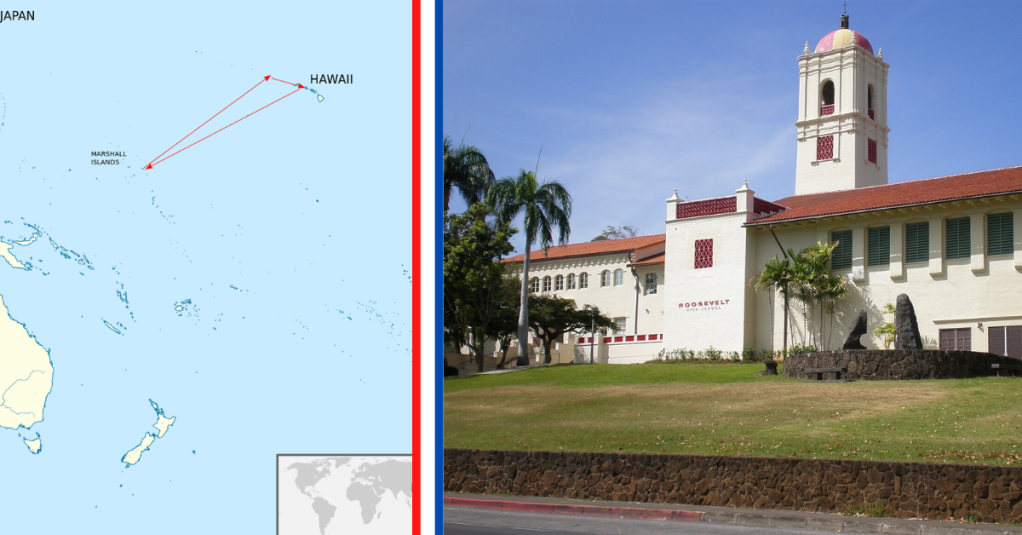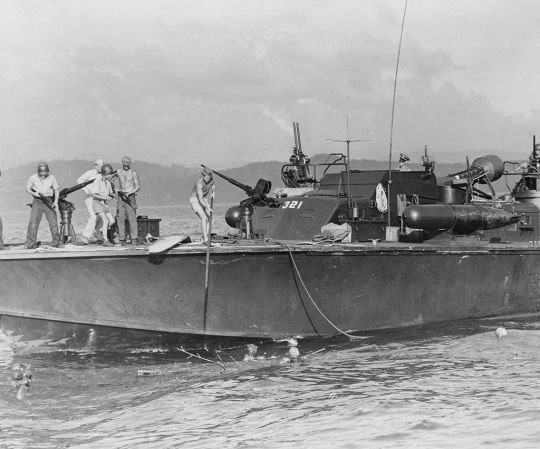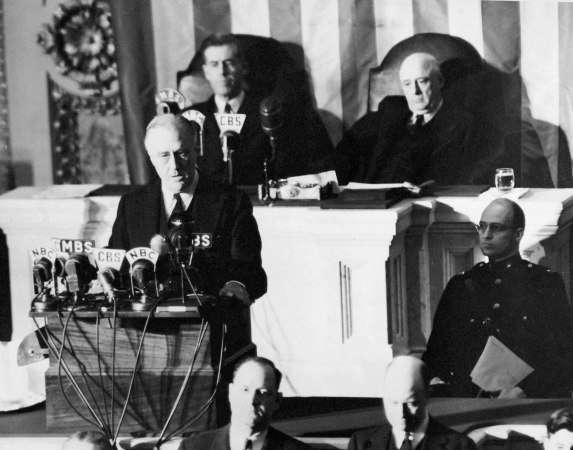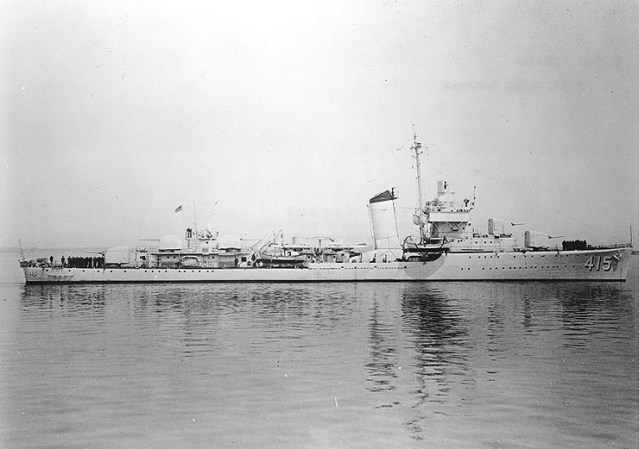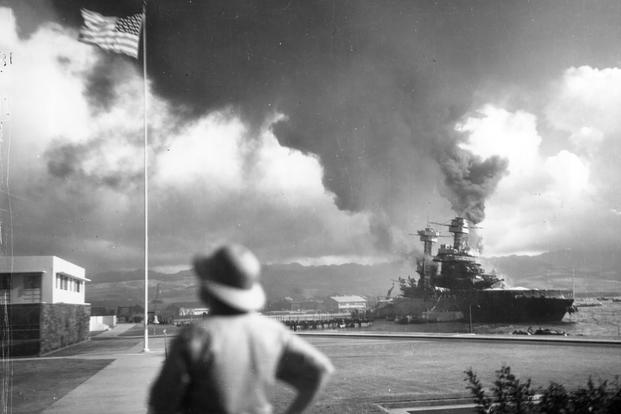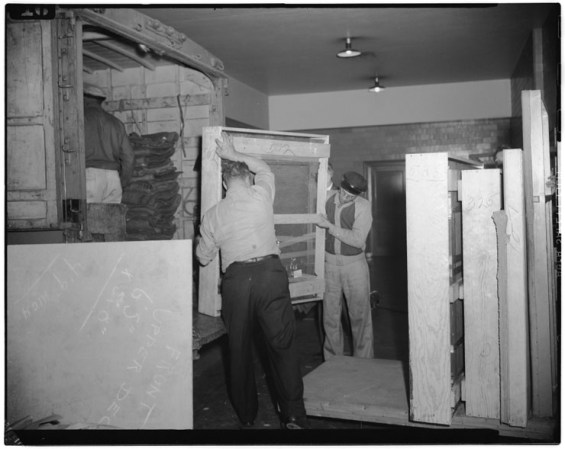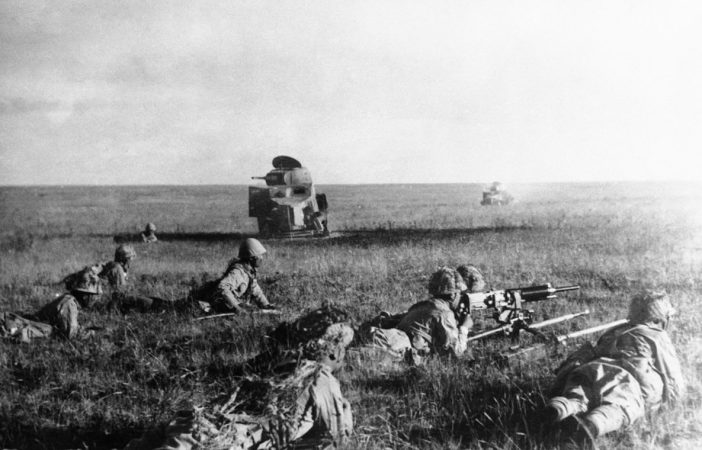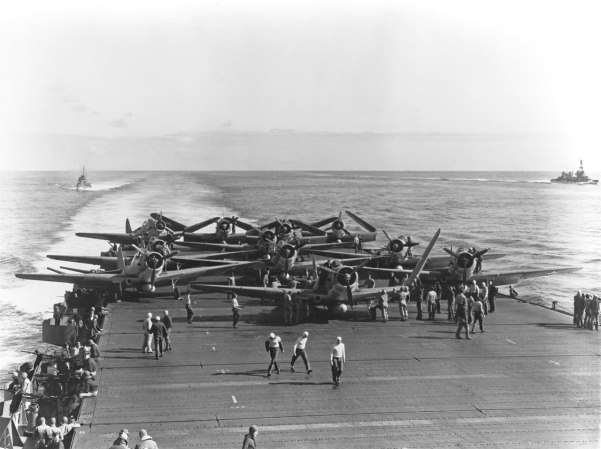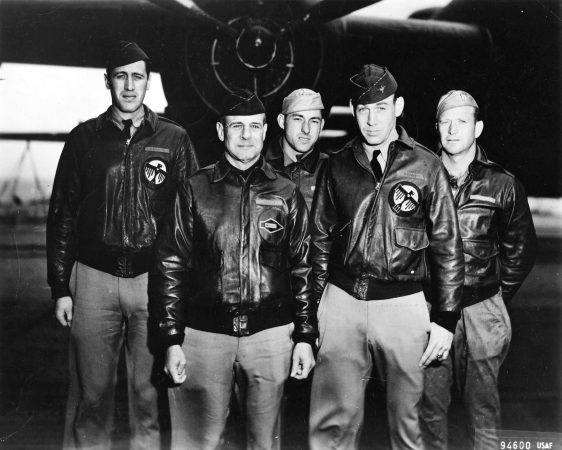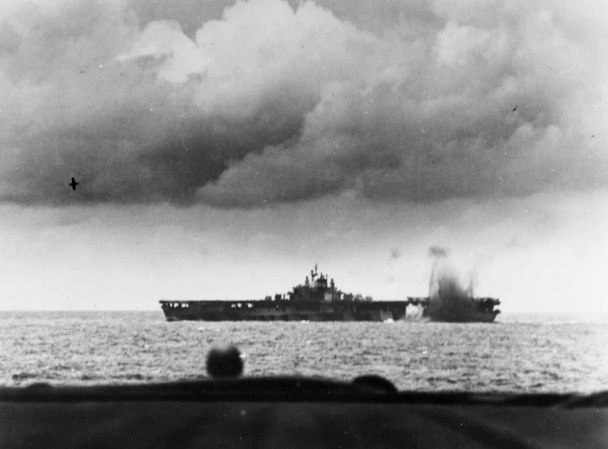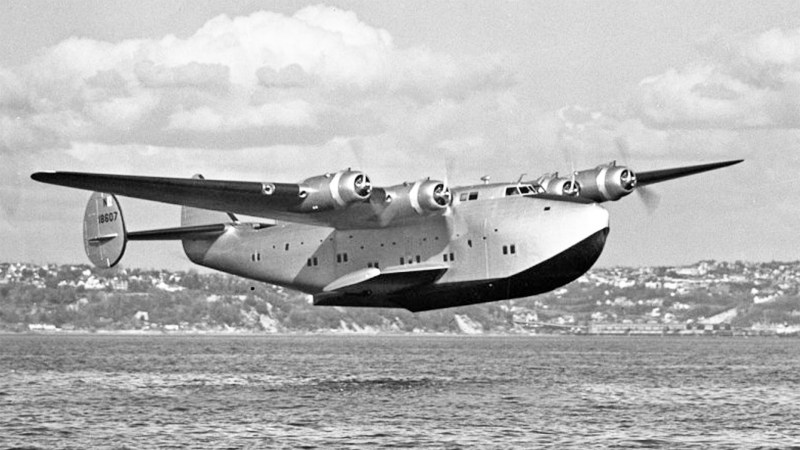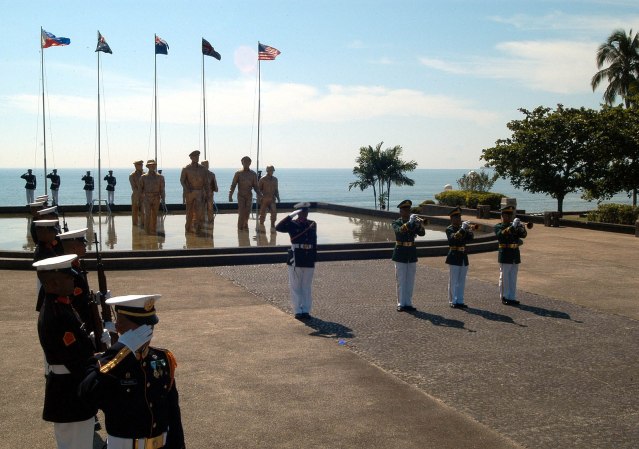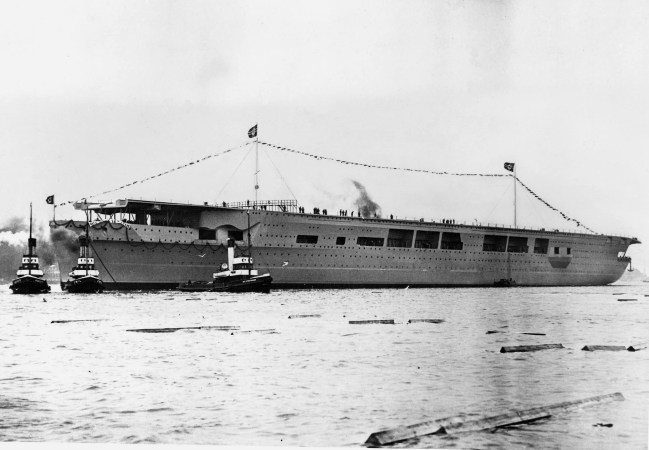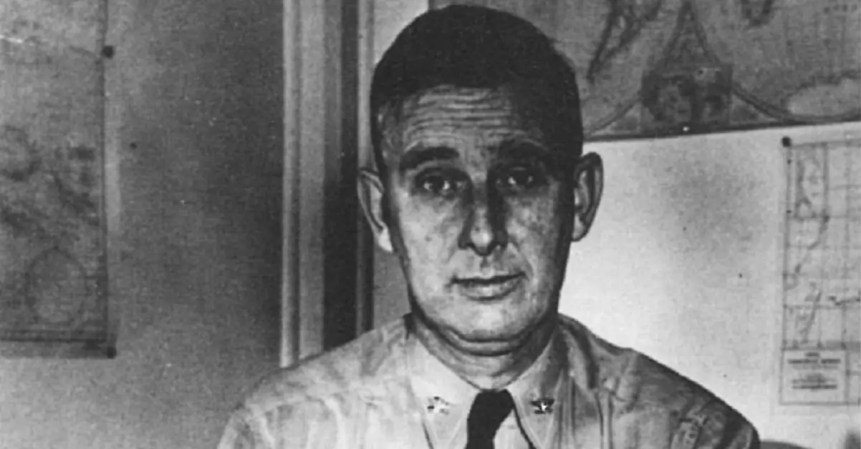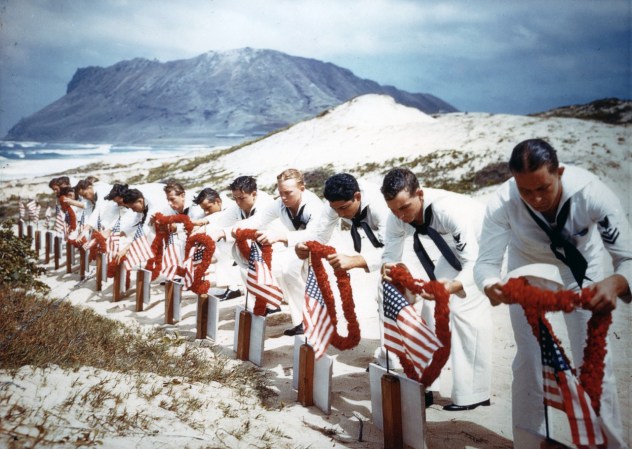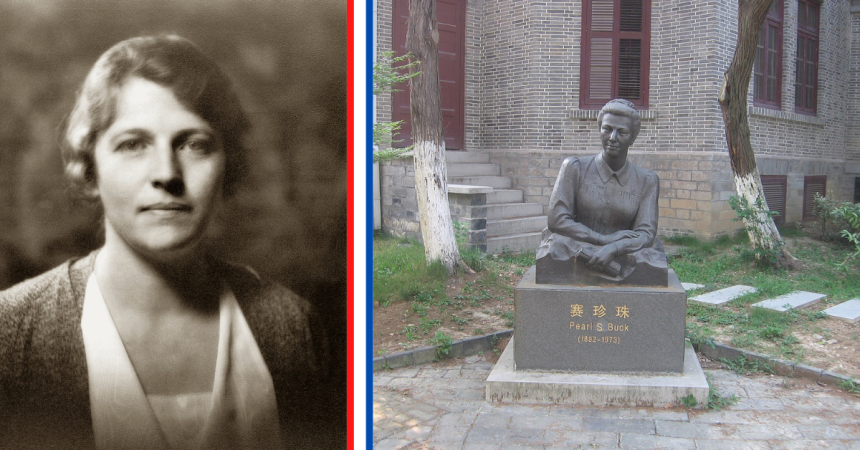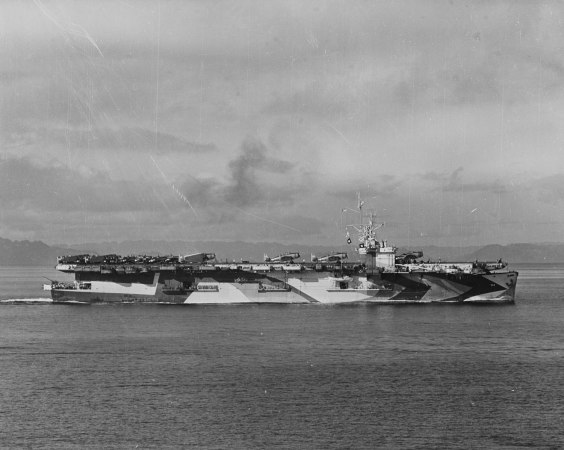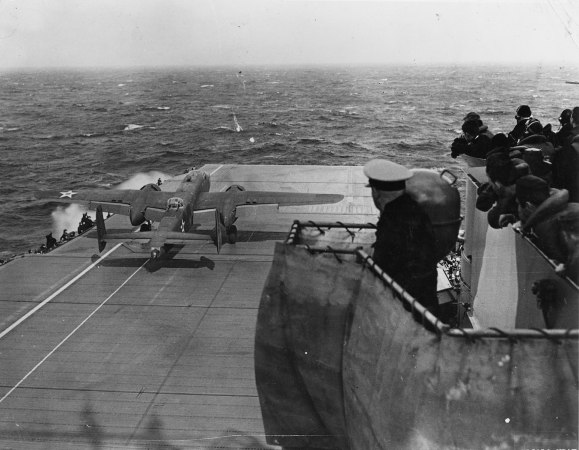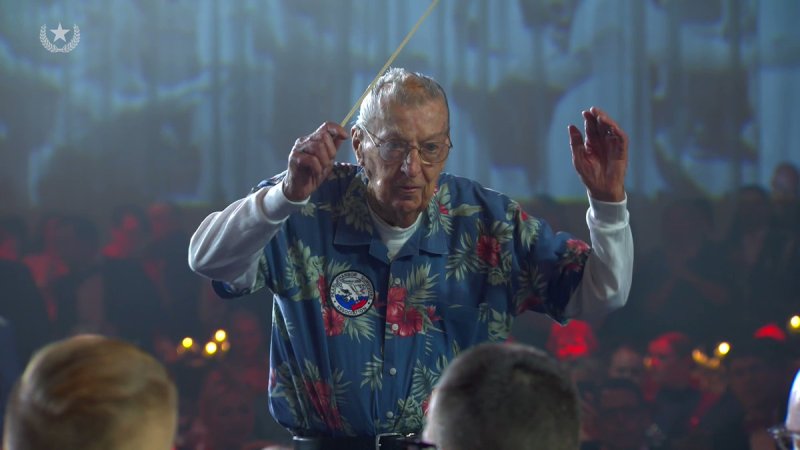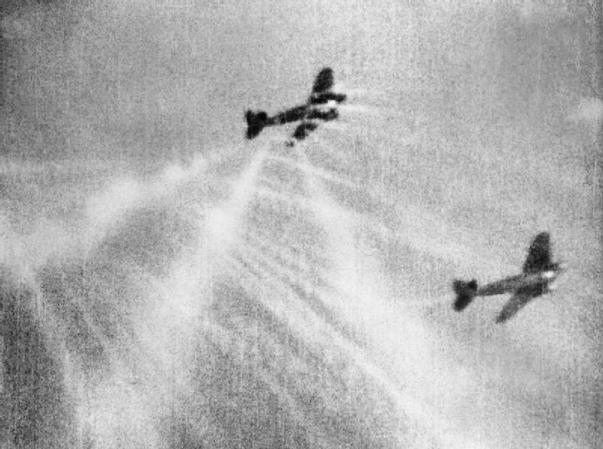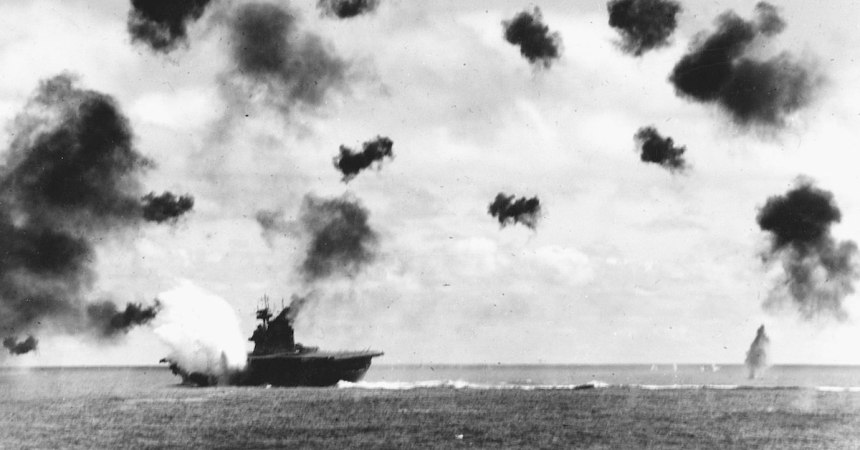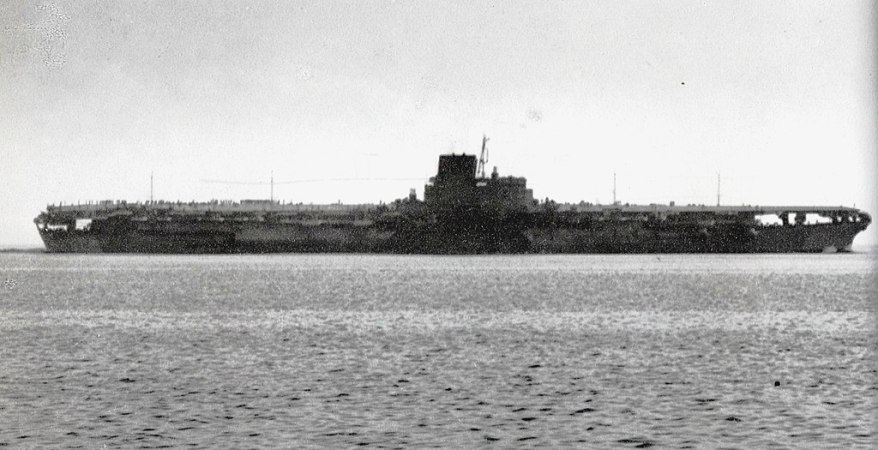The attack on Pearl Harbor on December 7, 1941, is rightly the most infamous of the attacks on America in the early months of U.S. involvement in World War II. For most of us who took high school history and moved on, that’s what we learned in school. But Japan planned to destroy as much American naval might in the first months of the war as it could, and it launched multiple invasions, more attacks, and even bombed Pearl Harbor a second time.
Japan attacked American territory often
Most high school history books seem to cover the Pearl Harbor attack, yada yada yada, Battle of Midway, D-Day, let’s all go to lunch. This will be on the test.
But the Japanese attacks on December 7 (at Pearl Harbor and in the U.S.) included near-simultaneous attacks west of the International Date Line. The attacks on Wake Island, American Samoa, and the Philippines on December 8 actually took place within hours of the Pearl Harbor attack beginning. American forces across the Pacific quickly rallied to the defense but struggled against prepared, well-timed Japanese attacks designed to inflict massive pain quickly.
The empire had America on its back foot and bloody, but it had still failed to inflict serious damage to America’s submarines or carrier fleet, both key target of Japanese strategy. Japan sent submarine attacks against Hawaii through the end of December 1942, but couldn’t find the fleets they hunted for. The submarines shelled a few locations and did minimal damage.
And so the Japanese navy planned a new, insidious series of raids. Operation K called for flying boats to conduct the longest aerial attacks in history to that point. Five Kawanishi H8K flying boats carrying four bombs each were to fly 1,900 miles from the Marshall Islands to French Frigate Shoals. They would refuel from a waiting submarine, fly 310 miles to bomb the docks at Pearl Harbor, and then return home.
The prime target was the “ten-ten” dock, a 1,010-foot dock essential to quickly servicing large ships like carriers and battleships.

The failure of Operation K
If you saw all of that and thought, “Wow, crossing over 2,000 miles of mostly open ocean in five 1940s flying boats while relying on submarines for fuel sounds really hard, and what if the weather is bad?” then congratulations.
Japan’s first raid under Operation K became much smaller. First, only two aircraft were available, so they cut the bomb load to eight bombs total. Then, the refueling submarine got into place no problem, but a submarine ordered to check the weather at the target went missing at sea. And so Japan didn’t know about the thick clouds and minor storm over the target March 4.
So, instead of a raid of five bombers dropping 20 bombs right on and around the dock, two bombers dropped eight bombs. Four landed out at sea and the other four landed 900 feet from a school, breaking some windows.
Worse, the planes couldn’t spot ships underneath them, and so they left with almost no intelligence gathered.
The raid was a failure, but it did instill some fear and forced the Navy to work out how the attack had happened. Planes scrambled during the attack found no sight of a carrier, and the flying boats clearly needed refueling somewhere. So Navy planners started working out how Japan might have attacked, and they rightly guessed that Japanese forces might use French Frigate Shoals for reconnaissance or linking up forces.
Operation K actually helped America
Admiral Chester Nimitz, in command of the fleet since December, ordered additional patrols and defense measures at the shoals. When a Japanese submarine arrived in May 1942 for the second raid of Operation K, it found plentiful mines and two American warships at the shoals.
And that turned out great for America. America and Japan fought a major battle at the Coral Sea May 4-8 with a mixed result. America prevented Japan severing crucial supply lines, but Japan damaged and sunk more American firepower. And Japan planned a major, surprise assault at Midway for the following month. It just wanted to make sure that America’s carriers would be in dock at the time.
Japan scheduled the next Operation K reconnaissance for May 30, the perfect time to make sure the U.S. carriers were at Pearl Harbor and not, for instance, steaming toward Midway Atoll to interrupt the surprise attack. But the U.S did, in fact, know about the fleet headed to Midway. And America rapidly repaired the USS Yorktown to get the carrier to Midway in time to fight. The Yorktown left port on May 30.
If the March 4 raid hadn’t happened, then the May 30 one likely could have, and Japan would have known that the U.S. carriers were missing ahead of the Battle of Midway.
Instead, it couldn’t gather the intelligence, committed to the Battle of Midway, and got clobbered by a gutsy American ambush.


